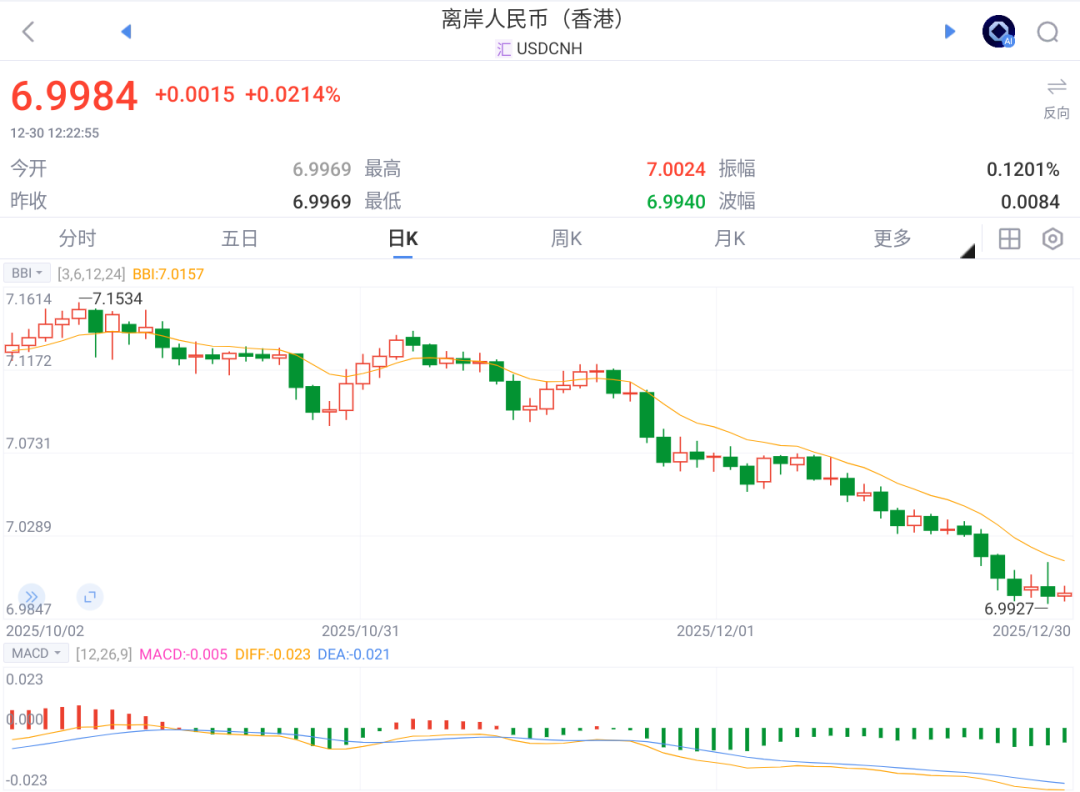AP环境科学考点概况1--- The living world :Ecosystems
本章节约占考试比重6~8%,考察学生生态系统中的资源分布以及物种之间的关系。要了解全球多种多样的生态系统,其各自都有不同的气候环境特点,并且这些生态系统的分布会随着全球气候变化而发生变化,同时每个生态系统都是依靠自身的生物地理化学循环来生存发展。
章节在AP环境科学考试的选择题和FRQ的部分都会出现,陆生水生生态系统以及营养循环的内容一般以选择题为主,但是碳循环一定要认真掌握大概率会结合后面污染的章节来考察,另外需要弄清专业名词概念。
AP环境科学单词1--- The living world :Ecosystems
abiotic Nonliving.
aerobic respiration The process by which cells convert glucose and oxygen intoenergy, carbon dioxide, and water.
ammonification The process by which fungal and bacterial decomposers break down the organic nitrogen found in dead bodies and waste products and convert it into inorganic ammonium (NH4+).
anaerobic respiration The process by which cells convert glucose into energy in theabsence of oxygen.
aquatic biome An aquatic region characterized by a particular combination of salinity,depth, and water flow.
assimilation The process by which producers incorporate elements into their tissues.
biogeochemical cycle The movements of matter within and between ecosystems.
biosphere The region of our planet where life resides,the combination of all ecosystems on Earth.Biotic:Living.
boreal forest A forest biome made up primarily of coniferous evergreen trees that can tolerate cold winter sand short growing seasons.
carbohydrate A compound composed of carbon,hydrogen,and oxygen atoms.
carbon cycle The movement of carbon around the biosphere.
carnivore A consumer that eats other consumers.
cellular respiration The process by which cells unlock the energy of chemical compounds.
Chaparral/shrubland A biome characterized by hot,dry summers and mild, rainy winters.
chemosynthesis A process used by some bacteria in the ocean to generate energy with methane and hydrogen sulfide.
closed system A system in which matter and energy exchanges do not occur across boundaries.
commensalism A relationship between species in which one species benefits and the other species is neither harmed nor helped.
community All of the populations of organisms within a given area.
competition The struggle of individuals to obtain a shared limiting resource.
competitive exclusion principle The principle stating that two species competing for the same limiting resource cannot coexist.
consumer An organism that is incapable of photosynthesis and must obtain its energy by consuming other organisms. Also known as heterotroph.
coral bleaching A phenomenon in which algae inside corals die, causing the corals to turn white.
coral reef The most diverse marine biome on Earth,found in warm, shallow waters beyond the shoreline.
cultural eutrophication An increase in fertility in a body of water, the result of anthropogenic inputs of nutrients.
decomposers Fungi or bacteria that convert organic matter into small elements and molecules that can be recycled back into the ecosystem.
denitrification The conversion of nitrate (NO3– ) in a series of steps into the gases nitrous oxide (N2O) and,eventually, nitrogen gas (N2), which is emitted into the atmosphere.
detritivore An organism that specializes in breaking down dead tissues and waste products into smaller particles. Ecosystem:A particular location on Earth with interacting biotic and abiotic components.
entropy Randomness in a system.
evapotranspiration The combined amount of evaporation and transpiration.
first law of thermodynamics A physical law which states that energy can neither be created nor destroyed but can change from one form to another.
food chain The sequence of consumption from producers through tertiary consumers.
food web A complex model of how energy and matter move between trophic levels.
fundamental niche The suite of abiotic conditions under which a species can survive, grow, and reproduce.
herbivore A consumer that eats producers. Also known as primary consumer.
herbivory An interaction in which an animal consumes a producer.
hydrologic cycle The movement of water through the biosphere.
inorganic compound A compound that does not contain the element carbon or contains carbon bound to elements other than hydrogen.
leaching The transportation of dissolved molecules through the soil via groundwater.
limiting resource A resource that a population cannot live without and that occurs in quantities lower than the population would require to increase in size.
mutualism An interaction between two species that increases the chances of survival or reproduction for both species.
negative feedback loop A feedback loop in which a system responds to a change by returning to its original state, or by decreasing the rate at which the change is occurring.
net primary productivity (NPP) The energy captured by producers in an ecosystem minus the energy producers respire.
nitrification The conversion of ammonia (NH4+) into nitrite (NO2– ) and then into nitrate (NO3– ).
nitrogen cycle The movement of nitrogen around the biosphere.
nitrogen fixation A process by which some organisms can convert nitrogen gas molecules directly into ammonia.
parasitism An interaction in which one organism lives on or in another organism.
parasitoid A specialized type of predator that lays eggs inside other organisms—referred to as its host.
phosphorus cycle The movement of phosphorus around the biosphere.
photosynthesis The process by which producers use solar energy to convert carbon dioxide and water into glucose.
phytoplankton Floating algae.
positive feedback loop A feedback loop in which change in a system is amplified.
predation An interaction in which one animal typically kills and consumes another animal.
producer An organism that uses the energy of the Sun to produce usable forms of energy. Also known as autotroph.
realized niche The range of abiotic and biotic conditions under which a species actually lives.
resource partitioning When two species divide are source based on differences in their behavior or morphology.
run off Water that moves across the land surface and into streams and rivers.
second law of thermodynamics The physical law stating that when energy is transformed, the quantity of energy remains the same, but its ability to do work diminishes.
secondary consumer A carnivore that eats primary consumers.
symbiotic relationship The relationship between two species that live in close association with each other.
temperate grassland/cold desert A biome characterized by cold, harsh winters, and hot, dry summers.
temperate rainforest A coastal biome typified by moderate temperatures and high precipitation.
temperate seasonal forest A biome with warm summers and cold winters with over 1m (39 inches) of precipitation annually.
terrestrial biome A geographic region categorized by a particular combination of average annual temperature,annual precipitation, and distinctive plant growth forms on land.
tertiary consumer A carnivore that eats secondary consumers.
transpiration The release of water from leaves during photosynthesis.
trophic levels The successive levels of organisms consuming one another.
tropical rainforest A warm and wet biome found between 20° N and 20° S of the equator, with little seasonal temperature variation and high precipitation.
tropical seasonal forest/savanna A biome marked by warm temperatures and distinct wet and dry seasons.
tundra A cold and treeless biome with low-growing vegetation.













